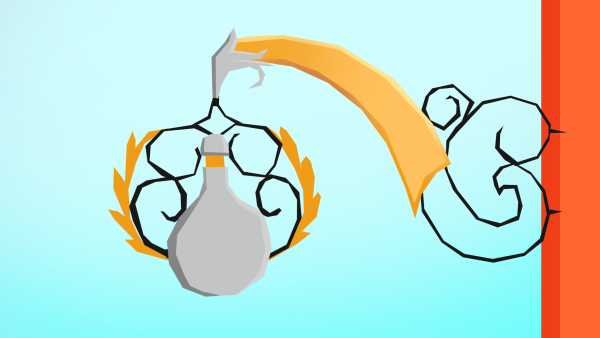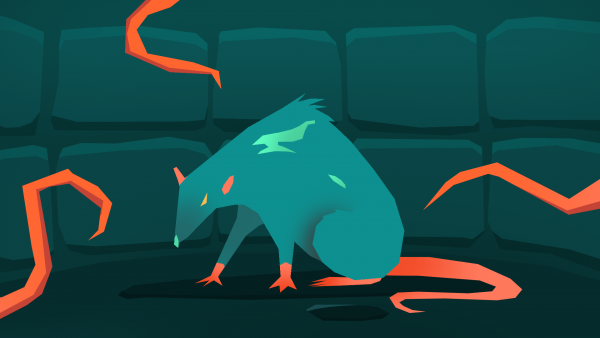Cities are the centers of many civilizations. While villages can host a few hundred people, cities can be the homes of thousands, sometimes even millions. How should you go about creating cities when worldbuilding?
I already released an article about Creating Villages – in that article, you’ll learn how to develop small towns and villages from scratch, how do villages grow in size and population, and also about one of my villages, Hillfar. In this continuation, I’d like to cover cities and everything around them.
Perhaps the most important thing to remember about cities is this: Good cities are characters, not places. That might sound weird but think about it for a second. Cities have their personalities, traits, quirks, looks. When creating a city for your world, think about the personality of the city, and build the settlement around that.
Be sure to pick a logical location for your city – I touched a little upon this in the village article, but cities don’t just pop out of nowhere on a random location. Cities are usually built around bodies of water (coastlines, rivers, lakes), on places with many natural resources (such as metals), or on important trading crossroads. The location of your city will inherently influence the city itself – for example, a city with a river in the middle will have many bridges, which could even be a major point of the city.
Planning Cities
Contrary to the beliefs of many people, cities are very carefully planned structures. City planners are hard at work every day to make cities more aesthetically appealing, practical, and not much expensive while keeping happiness levels high. When creating cities, consider the color schemes and styles of buildings to keep the city pretty. There’s an amazing video about this topic by The School of Life – How to Make an Attractive City.
Besides the visual side of a city, think about practicality. People are going to have to get about in your city, and there should be an easy way of transport. Shops should pop up where they’re most needed, and people should have enough space in their homes. All of these things can also be changed to achieve the effect you want; if the people have little to no space in their spaces, they’re going to be unhappy, which could serve as a great plot device.
Buildings
There are certain types of buildings that every large city should have, but worldbuilders often forget about them. For example, fire brigades. A big city will probably have multiple of those, in order to reach every fire before it spreads and causes any major damage.
Keep in mind that cities don’t have to sustain themselves entirely. Many cities, even in the past, used to have villages around them, that would supply them with food from their fields, in exchange for protection from the city’s army, as well as resources that the villages could not produce, or resources gathered in the city. Materials like silver, and products like carriages, are often made in cities. This symbiotic relationship allows cities to focus on industries requiring the conditions of a city.
Population
Think about who lives in the city. While a small village could have a very closed culture, hosting only one ethic, etc, cities are more varied. In history, there were a lot of cities that’d segregate their cultures into ghettos. Many others allowed them to mix with each other. Consider the general culture of the country and build the city accordingly. You can find more about Creating Cultures in my detailed article. That brings me to the next part.
Culture
In worldbuilding, everything influences everything else. When creating cities, consider everything you have about your culture. The values will influence the architecture, religion will make layouts, everything will interact. Joseph Cambell, an American professor and writer, once said: “If you want to see what a society really believes in, look at what the biggest buildings on the horizon are dedicated to.”
Every small detail, however insignificant it may seem, is a direct reflection of the culture. The way mailboxes are places (or if they even have mailboxes), the density of buildings, the frequency of shops, the places where people work, how much nature plays a role in a city. Think in connections.
History
We are defined by our past, and cities are no different. Everything that happens in and around a city will have an impact. A war could mean more blacksmiths are needed, as soldiers need equipment, while a plague could build more hospitals. Citizens could build statues, memorials of battles and other major events that impacted them. Think about what happened throughout the city’s history, and incorporate that.
I hope I helped a little in the process of creating cities in your worlds! Feel free to share this post on social media, if you enjoyed it, and let me know any feedback: you can reach me easily in the comments below this article!


